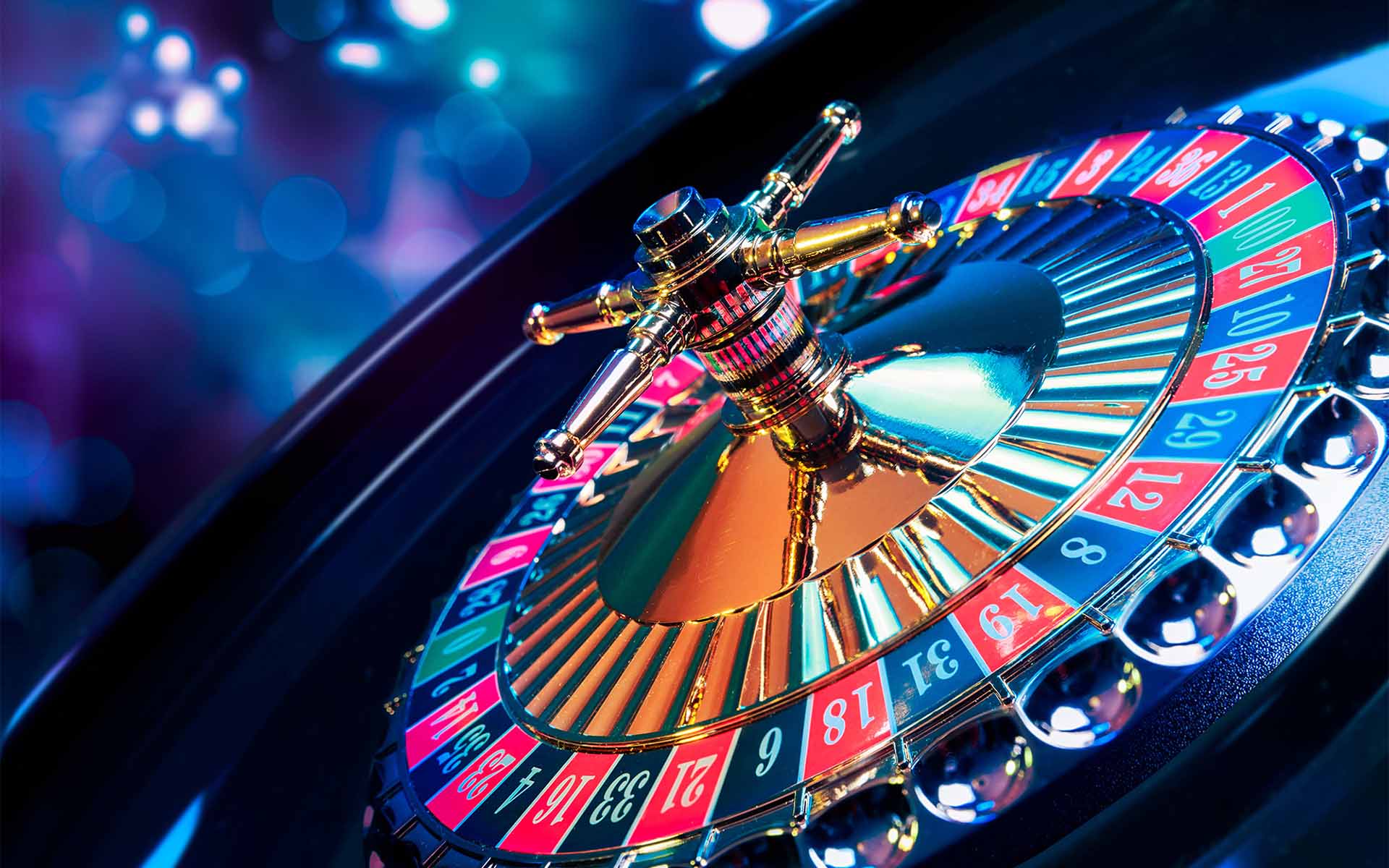
Casino experiences have long captivated human interest, drawing players into a world filled with luck, planning, and the allure of excitement. Each experience is meticulously crafted not just for fun, but also to evoke particular emotional responses that keep players immersed and committed. Understanding the reasons behind these designs reveals much about how behavioral psychology plays a crucial role in the gaming experience.
From the bright lights and lively sounds to the complex layering of rules and incentives, casino games are designed to create an atmosphere of excitement and eagerness. Game designers leverage behavioral strategies to influence player behavior, whether through the use of jackpots, close-call situations, or social connections. By examining these elements, we can better appreciate how casino games fulfill not just a want for entertainment, but deeper psychological needs for excitement and risk.
Grasping Gamer Behavior
Casino games are crafted with a thorough grasp of gamer psychology, which is crucial for drawing in and keeping players. The excitement of the game, coupled with the expectation of winning, creates a powerful attraction. Game designers employ elements like audio cues, dynamic graphics, and engaging gameplay to seize attention and evoke emotional responses. These sensory elements enhance the overall experience, making players feel more involved in the game. 78win
Another important aspect of player behavior is the idea of risk and reward. Casino games often balance high-risk scenarios with the potential for significant rewards, which can cause the occurrence known as near-miss effect. When players come within reach to winning, the brain secretes dopamine, reinforcing their behavior and motivating them to keep playing in quest of that elusive win. https://78win.wiki/ This cycle of anticipation and disappointment plays a critical role in how games are constructed and advertised.
Lastly, community aspects also play a critical role in player behavior at casinos. Many games are designed to be played in pairs or in company with other players, nurturing a sense of community and communal experience. The social interaction inherent in games like poker enhances enjoyment and can result in prolonged gaming periods. Designers take advantage on this by crafting environments that invite players to remain, socialize, and come back, making the overall casino experience more appealing.
The Role of Visuals and Audio
Visuals and sound play a vital role in improving the gambler’s experience within gambling games. Designers utilize bold colors, striking graphics, and engaging animations to capture players’ attention and maintain their focus. The use of themes, such as exploration or opulence, helps create an enthralling atmosphere that takes players into a different world. By connecting to the senses, these elements contribute to a intensified emotional response, encouraging players to interact more profoundly with the games.
Sound design is just as important in reinforcing the overall experience of gambling games. The mix of ambient music, sound effects for successful combinations, and ambient noises creates an sound landscape that keeps players enthralled. Sounds associated with victories, such as ringing bells or celebratory music, evoke feelings of excitement and reward, encouraging players to continue playing. These sound cues are carefully placed to amplify the thrill of the game and create a more immersive experience.
Additionally, the synchronization of visuals and sound is crucial for supporting the game’s overall concept and mood. Each element should align harmoniously to create a unified experience that draws players in. The effective use of this synergy not only enhances user satisfaction but also increases the likelihood of return play, as players become more invested in the immersive world that the gambling games offer. This thoughtful integration of visuals and sound ultimately enhances player involvement and loyalty.
Reward Structures and Engagement
The creation of gambling experiences heavily depends on incentive structures to keep participants engaged and returning for more. These structures are based in behavioral theories that take advantage of human nature and desire. Participants are often motivated by the excitement of winning, which is supported by immediate responses through the game structure’s design. This prompt satisfaction not only improves the gaming experience but also cultivates a feeling of success, encouraging players to continue participating in hopes of bigger gains.
Casinos adopt various reward structures, such as large payouts, bonuses, and multipliers, to engage players. These elements create a layer of thrill that sustains engagement. Additionally, the randomness of outcomes plays a crucial role in sustaining attention. The variable reward system, where wins are random but happen often enough, maintains players on edge and driven to keep playing. This loop of hope and expectation is essential to the effectiveness of gambling experiences.
Moreover, community aspects, such as tournaments and collaborative options, enhance the engagement factor by tapping into the desire to compete of players. The communal aspect of playing with others can amplify the excitement of success and create a sense of community within the gaming space. By combining these community elements with effective reward systems, gambling experiences don’t just provide fun but also foster a deeper connection among players, solidifying their loyalty to the overall experience.
